 Whatever Happened to those Solar-Thermal Water Heaters we used to see on Peoples’ Roofs?
Whatever Happened to those Solar-Thermal Water Heaters we used to see on Peoples’ Roofs?
By Adam Glick, Solar Sherpa, NATiVE Solar
- 1970s oil shocks: Incentives + expensive fuel = solar-thermal boom. Then oil prices fell and many incentives vanished, taking much of the market with them. (Context: BuildingGreen)
- Early 1900s: Sun-heated “day & night” rooftop tanks were a thing—particularly in warm climates like we have here. (History recap: Washington Post)
- 2010s onward: PV prices nosedived, heat-pump water heaters surged, and the balance tipped against rooftop thermal in most U.S. homes. (Green Building Advisor)
Why PV + heat pumps won the roof war
- One panel technology, many jobs: PV solar cells turn the roof into a universal energy plant—power for hot water, HVAC, EV charging, everything. That flexibility beat single-purpose thermal collectors. (REN21 GSR 2024)
- Costs & contractors: PV benefited from massive scale, simpler financing, and a rapidly expanding installer base since the 2000’s. Thermal often faced higher relatively installed costs and maintenance costs – and then, fewer service providers. (GBA: Why Aren’t Solar Water Heaters More Popular?)
- Heat-pump leapfrog: Modern heat-pump water heaters sip electricity and deliver 2–3× the heat per kWh as earlier generations -making them a perfect partner for PV. (Market trend overview: REN21)
- Maintenance+Overhead Cost: early solar-thermal collectors could actually freeze up in the winter – bursting pipes running into the home’s water system. Even with later tech refinements such as using antifreeze and gravity-drained systems to heat water tanks, there was yearly maintenance with costs that really added up over the years.
The market chill (and the installer gap)
Even in places that subsidized solar hot water, interest often cratered once PV incentives (a.k.a. “net metering” or “feed-in tariffs”) stole the spotlight and added even more value to the solar PV option. This essentially killed the market demand for these things. Fewer trained installers + fewer parts + fewer new systems = a classic “vicious cycle of obsolescence”. (UK case study: Solarthermalworld.org)
Wait. Did solar-thermal actually all-the-way-die?
Not globally. Worldwide solar-thermal capacity (for hot water/space heat) still grew to an estimated 560 GW by 2023, though the U.S. shifted heavily toward PV-centric approaches. (Global snapshot, REN21) But these days, here in Texas at least, that tech is essentially a non-starter.
So is there a comeback path?
Solar-thermal energy storage is increasingly an area of interest for grid-scale operators for use as giant thermal batteries. But on the residential power side, there is also some renewed interest:
- Custom luxury + spa homes: High hot-water loads (multiple showers, soaking tubs, pools) can potentially justify specialty thermal—especially with integrated designs.
- Commercial & multifamily: Hotels, gyms, and apartments have predictable hot-water demand—prime candidates for modernized thermal or hybrid systems.
- Hybrid thinking: PV + heat-pump water heaters + smart controls (pre-heating when the sun is strong) already deliver “solar-thermal” outcomes—minus the roof plumbing.
- Grid-Scale Solar-Thermal Batteries: Large scale testing is underway to use the storage capacity of materials such as sand and liquid sodium to store heat (from the sun other other sources) which can be used to make steam and turn turbines to generate electricity on a massive scale during peak hours and/or when solar and wind isn’t producing as much.
*Here at NATiVE, we haven’t seen much option of or demand for these options yet. But our eyes are always peeled for emerging trends…and the engineers are always figuring out new tricks for old tech.
Bottom line (the friendly Texas version)
Solar-thermal water heaters didn’t vanish because they looked ugly on a roof -they just got out-competed. The combo of cheap PV and efficient heat-pump water heaters won on cost, versatility, and serviceability. But in the right niche, thermal can still make sense—and it absolutely helped blaze the trail that PV and batteries are cruising down today.
Here’s some links to a few good sources for further reading :
- Washington Post — The rise/fall of solar-thermal in the U.S.
- BuildingGreen — Solar hot water & other thermal applications
- Green Building Advisor — “Solar Thermal Is Dead” (debate + analysis)
- REN21 GSR — Global solar-thermal trends
- Solarthermalworld.org — UK demand drop case
- Leonard L. Northrup Jr. — Texas solar pioneer
- Solar water heating — Global overview


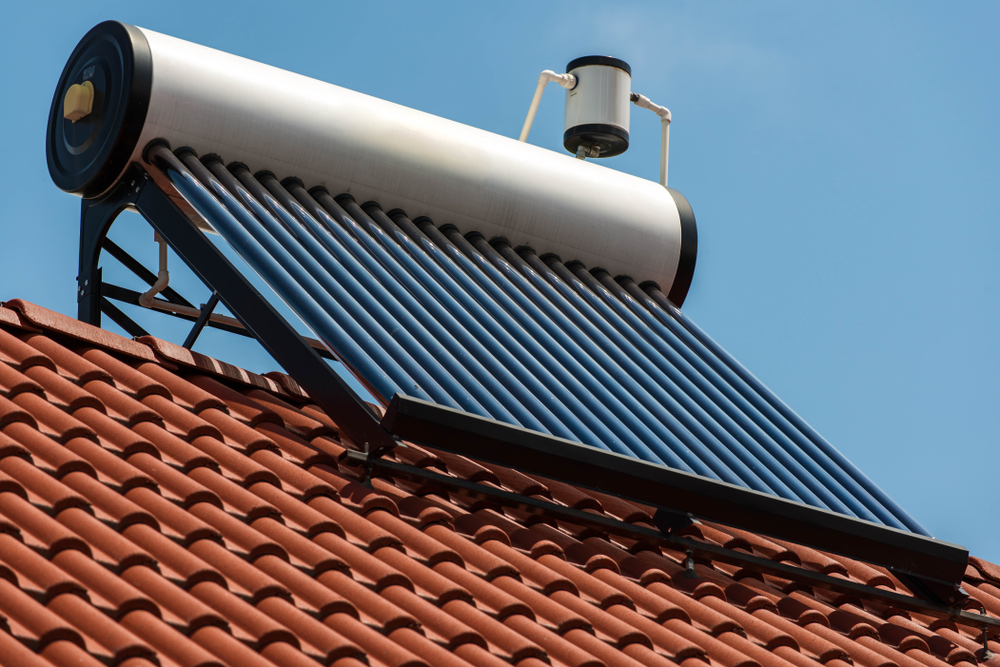
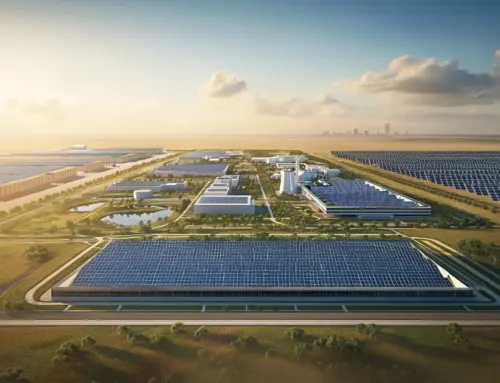
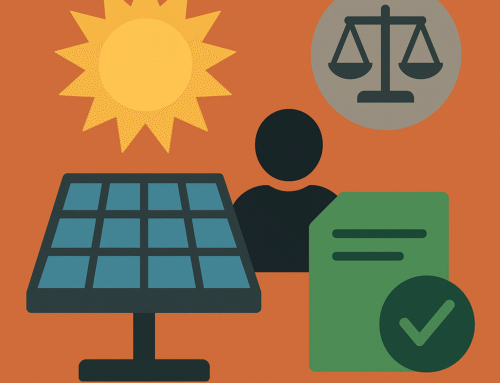
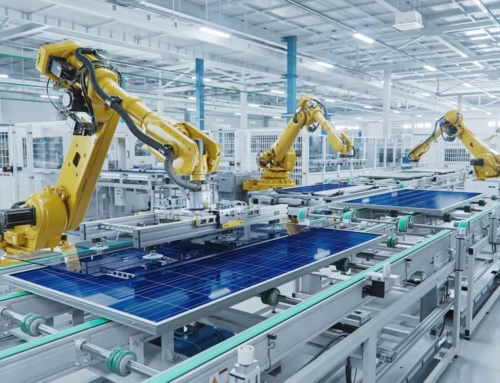
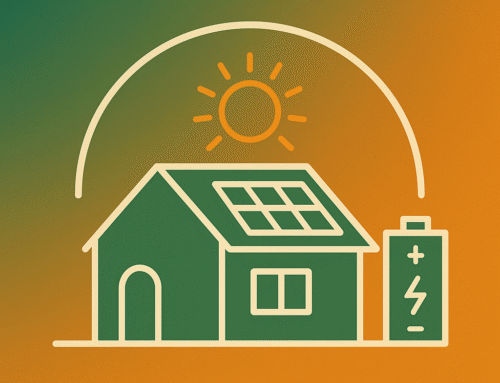
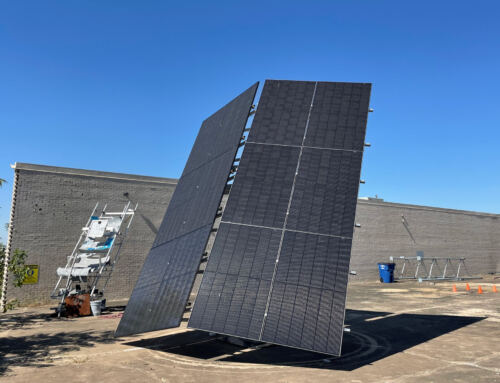
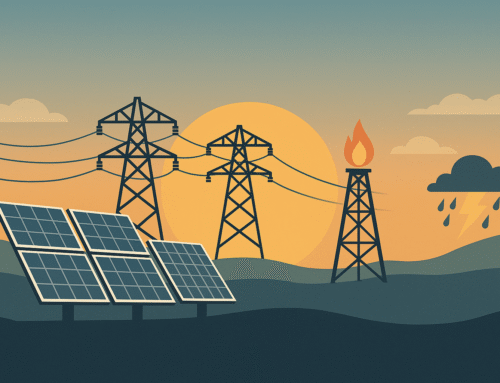
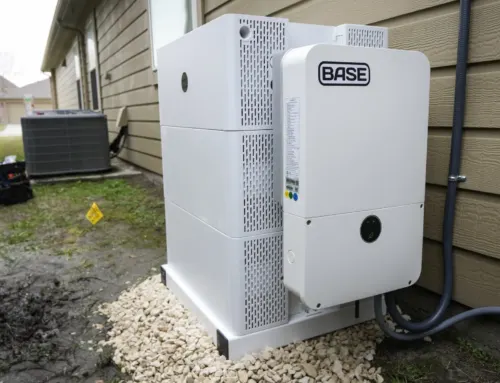

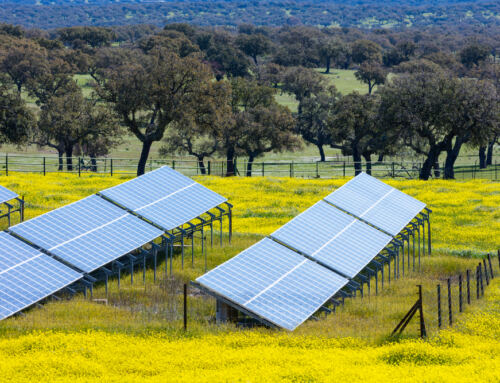
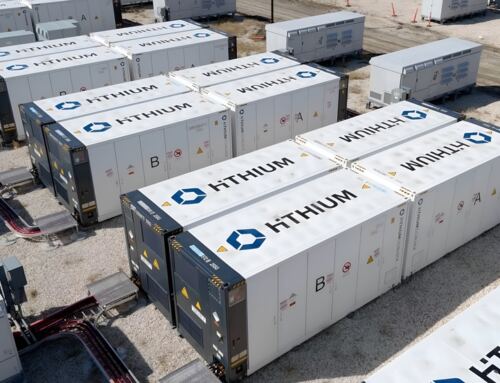
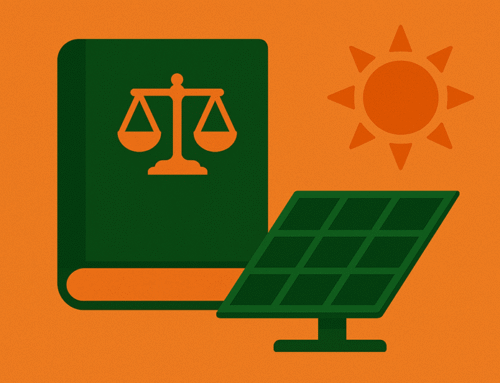
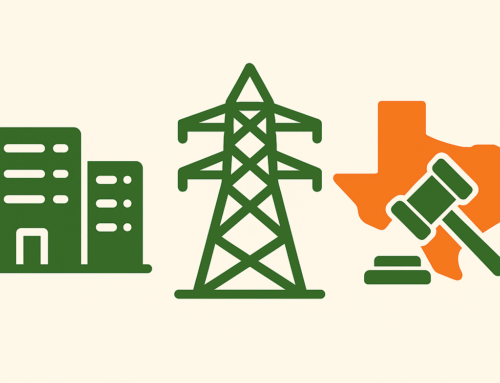

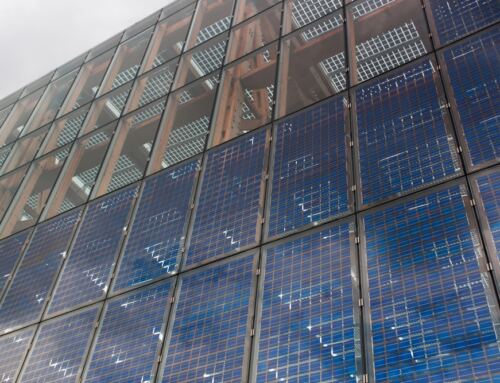
















Leave A Comment